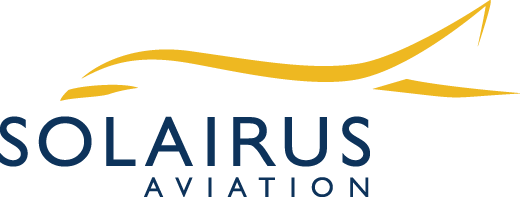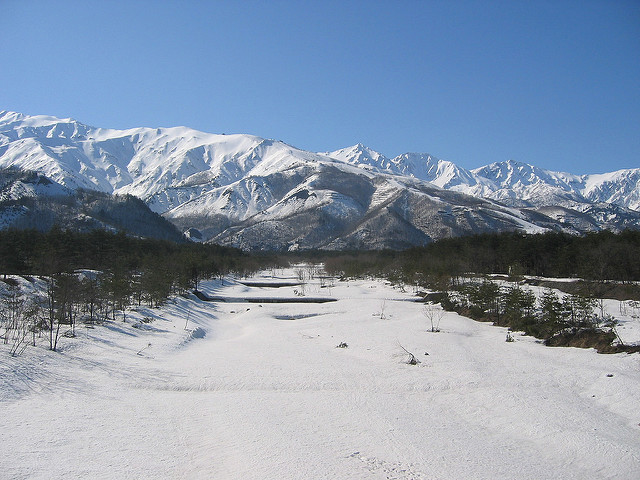Japan has some of the world’s deepest, driest powder. Nagano Prefecture’s northwestern region is home to the Hakuba Valley, an all-year resort area that’s great for skiers of all levels. Because the area hosted the 1998 Winter Olympics, you’ll find Olympic-worthy alpine runs and ski jumps. When you charter a flight to the Japanese Alps, you’ll see features not offered at other Japanese ski resorts, making for an incredible trip.
Why Ski Hakuba?
- The area receives 11 or more meters of snow annually.
- With rugged peaks towering more than 3,000 meters, there are 1,000-plus meters of vertical.
- It’s home to Matsumoto Castle, the oldest existing castle in the country and a national treasure.
- It has some of the best backcountries in Asia.
- Hakuba’s main villages are “Westernized,” making it simpler to navigate and converse with others while experiencing Japanese culture. The main resort, Happo One, offers ski lessons in English. Happo and Echoland are known for their nightlife.
- There’s a wide range of piste terrain for beginning to advanced skier and snowboarders.
- The backcountry offers numerous skiing and split-boarding opportunities, as well as high alpine and treed terrain.
- There is a wide range of accommodations, including self-contained lodging and upscale options.
Best Time of Year to Visit
Hakuba’s ski season runs from December to the first week of May. The peak season and most reliable time of year for powder is from the end of December through the end of February. While there is good snow coverage in March, it can be warm and slushy.
Hakuba Valley Ski Resorts and Terrain
The Hakuba Valley has 11 ski resorts, nine of which are major. The hardest decision you’ll have to make is choosing which resorts to visit. It’s important to note that with the exception of Cortina and Norikura, as well as Hakuba 47 and Goryu, the ski resorts are not interconnected via the slopes. However, you can access the nine major resorts using a common lift ticket and shuttle buses:
- Goryu: This resort has three areas of alpine skiing and 15 courses. It’s great for beginner and intermediate skiers, as well as families. Goryu also has the largest night skiing area.
- Hakuba 47: Hakuba 47 has piste terrain for advanced skiers with steep, long, fast runs, as well as tree skiing. Its Winter Sports Park has excellent terrain with various jumps and a half-pipe for professionals.
- Happo One: One of the most popular resorts, Happo One is large with lots of verticals, 23 miles of runs, intermediate slopes that are long and groomed, and access to the alpine backcountry. There are also several big open runs for beginners.
- Iwatake: Iwatake has a gondola that takes you to the top of the mountain non-stop, giving you panoramic views. The slopes are excellent for confident beginners and intermediate skiers. Staff members maintain cross-country ski trails throughout the year.
- Tsugaike Kogen: Superb for families, beginners, and intermediate skiers, Tsugaike Kogen is the “Queen of Green.” The gondola ride is nearly three miles long, giving you a great sightseeing trip as you climb the mountain.
- Cortina: Cortina has epic powder days and is popular for its impressive tree runs. The resort’s Hotel Green Plaza is a superb ski-in, ski-out accommodation for powder hounds.
- Norikura: Sometimes called Cortina’s little sister, Norikura has short, beginner-friendly runs alongside a terrain park, steep course, and mogul course. Because Cortina tends to be more popular, you might find yourself with untouched powder at Norikura on powder days.
- Jigatake: This resort offers gentle, un-crowded slopes with good visibility. It’s a calm option for families and beginners avoiding crowds.
- Kashimayari: The closest resort to the Matsumoto area, Kashimayari is known for its lack of crowds. It offers 16 courses, a great view of Aoki Lake, and a wide range of runs, including those for beginners and a five-kilometer downhill course. The view of Kashimayari’s peak and the Japanese Alps may be reason enough to explore its slopes.

